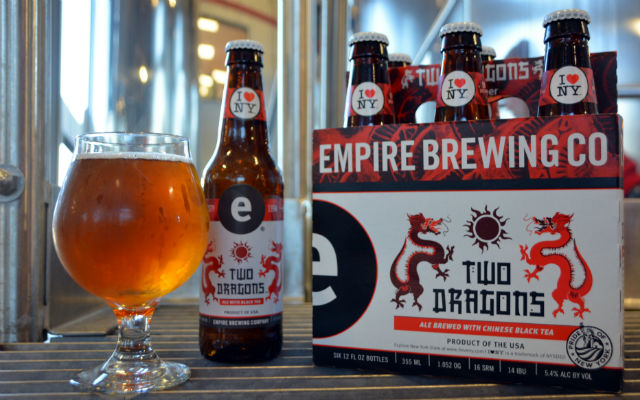
Should a kettle sour, a barrel-soured beer, or a fruited sour have its own marketing terminology? It may come down to how and where it’s presented.
Experts from across the country shared with Brewer their thoughts.
“For the drinker that is deep into the technical aspects of craft… yes, kettle versus barrel versus fruited should be distinct language because they’re different processes and they impart different characteristics to the beer,” said Legion Brewing’s Courtney Glasser.
For the less technical craft beer consumer, she said those individuals just want to know the characteristics of how the sourness will be expressed or how potent or acidic it would be.
Legion uses the term ‘fruited sour’ to describe its flagship line of Supernova sour ales.
“We enjoy experimenting with various fruit combinations, as we rotate flavors of Supernova throughout the year,” Glasser said. “Fruited sours are a great starting point for anyone looking to dabble in this recently-exploding genre of beer styles since the sweetness of the fruit balances the tartness of the beer.”
Brewery Vivant’s biggest battle is having a consumer distinguish between a kettle sour and a true sour.
“They’re softer, more round, if you compare them, you can tell, but you have to take the time to show someone and give an example,” said founder Jason Spaulding.
The Grand Rapids, Michigan brewery pulled back all of its actual sour beers from the retail market and just sells them through the pub now.
“The only way we are able to make sour beers work out in the market is if it’s blended and fruited. So it’s sour beer blended with fresh beer and with fruit,” Spaulding said. “And then we found a market for that. But if I just send out a straight sour with no fruit, it’s not going to move off the shelf. But if I can tell the story over the bar, you try it and you like it, you might take a bottle home with you. But at the store, you just see it and no one’s gonna take the risk to buy it. It’s kind of what we found.”
“Those beers have a story. And if you can’t tell the story, it’s hard for the public to appreciate it in general. Certain individuals, sure, but I feel way better just serving it in here, and where our bartenders and servers can tell the story.”
With Twin Oast’s current sour offerings, co-founder Cory Smith said they don’t mention that it is kettle soured directly, but instead use the phrase “an old-school beer made with new-school methodology.”
“It’s a nod to kettle souring,” he said. “When our barrel sour program gets up and running, we plan on using a slightly different branding than our other beers so they feel different and special in comparison to our current lineup.
“We do the same with our ‘Oast House Reserve’ branding which is how we differentiate our barrel-aged projects.”
Smith doesn’t think it’s necessary to create a different language for each kind, but he does think it’s almost a badge of honor to say that something was barrel soured.
“There’s an art and commitment to having a barrel sour program that goes beyond kettle sours,” he said. “That isn’t a knock on the flavor of kettle sours, they’re just, in my mind, ‘easier’ to do.
“As far as fruited sours go, I say it’s always good to mention what specialty ingredients go into the beer. It’s part of the story of the beer, so why not showcase it?”
Dennis Stack, the Sales & Marketing Director at Lone Tree said the differences in techniques the Denver-area brewery uses are great to highlight.
“They all share common terminology and similar overall process, though, so close attention to detail is important,” he said. “We want all of our beers, sours included, to be approachably marketed while allowing seasoned craft beer enthusiasts to discover something new. Using a balance between terminology and generic language is important.”
Photo courtesy Lone Tree Brewing






Be the first to comment